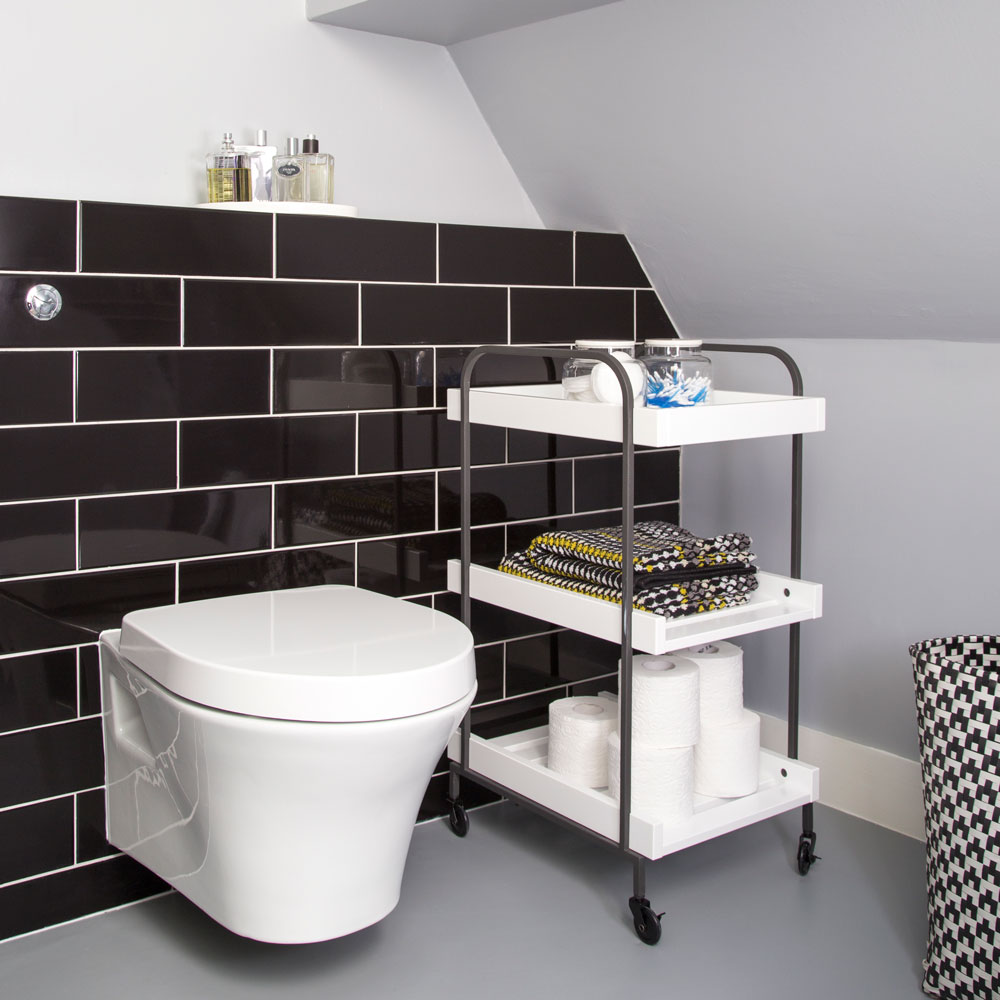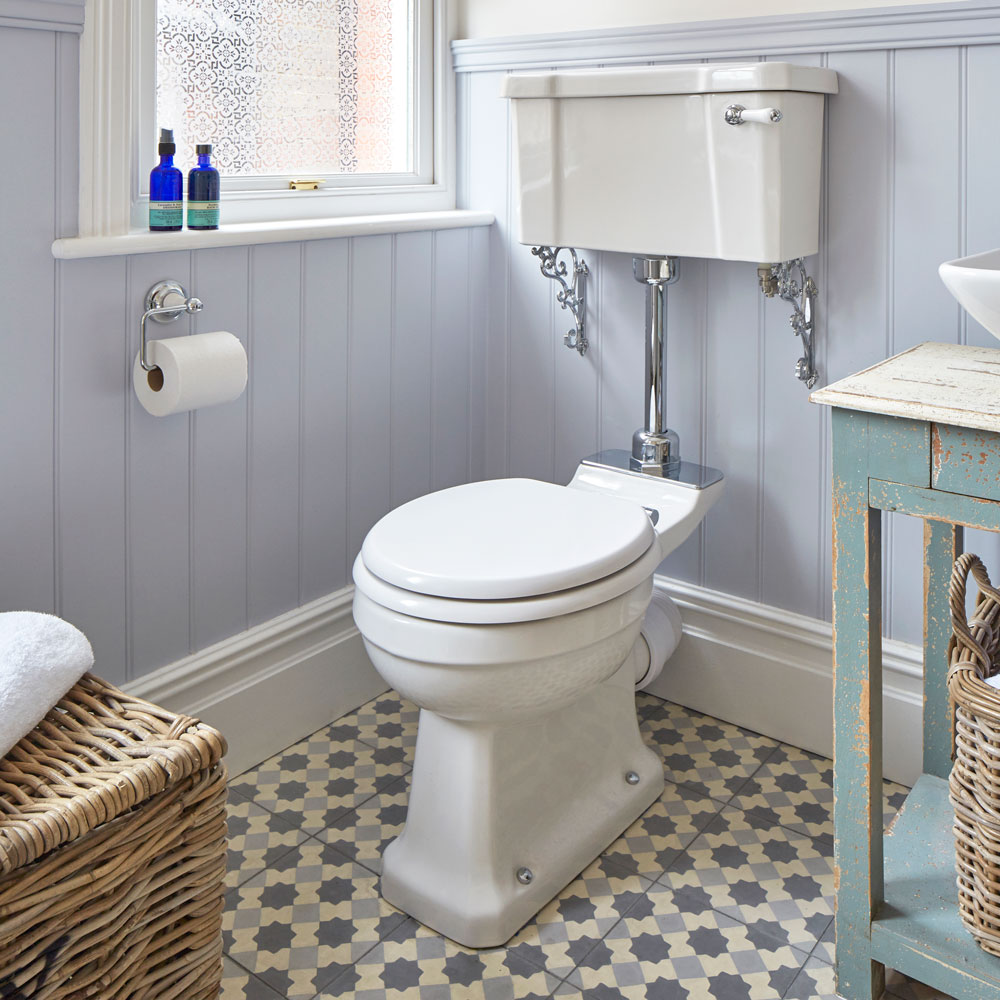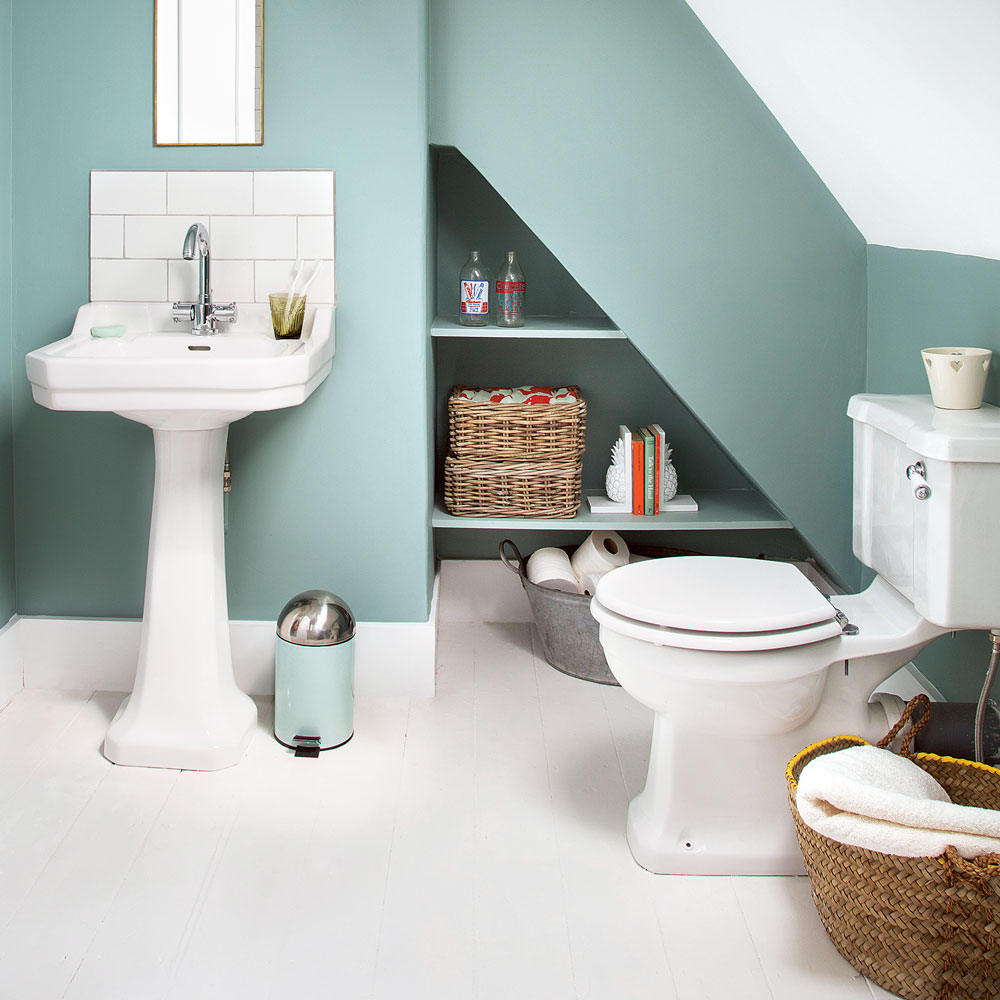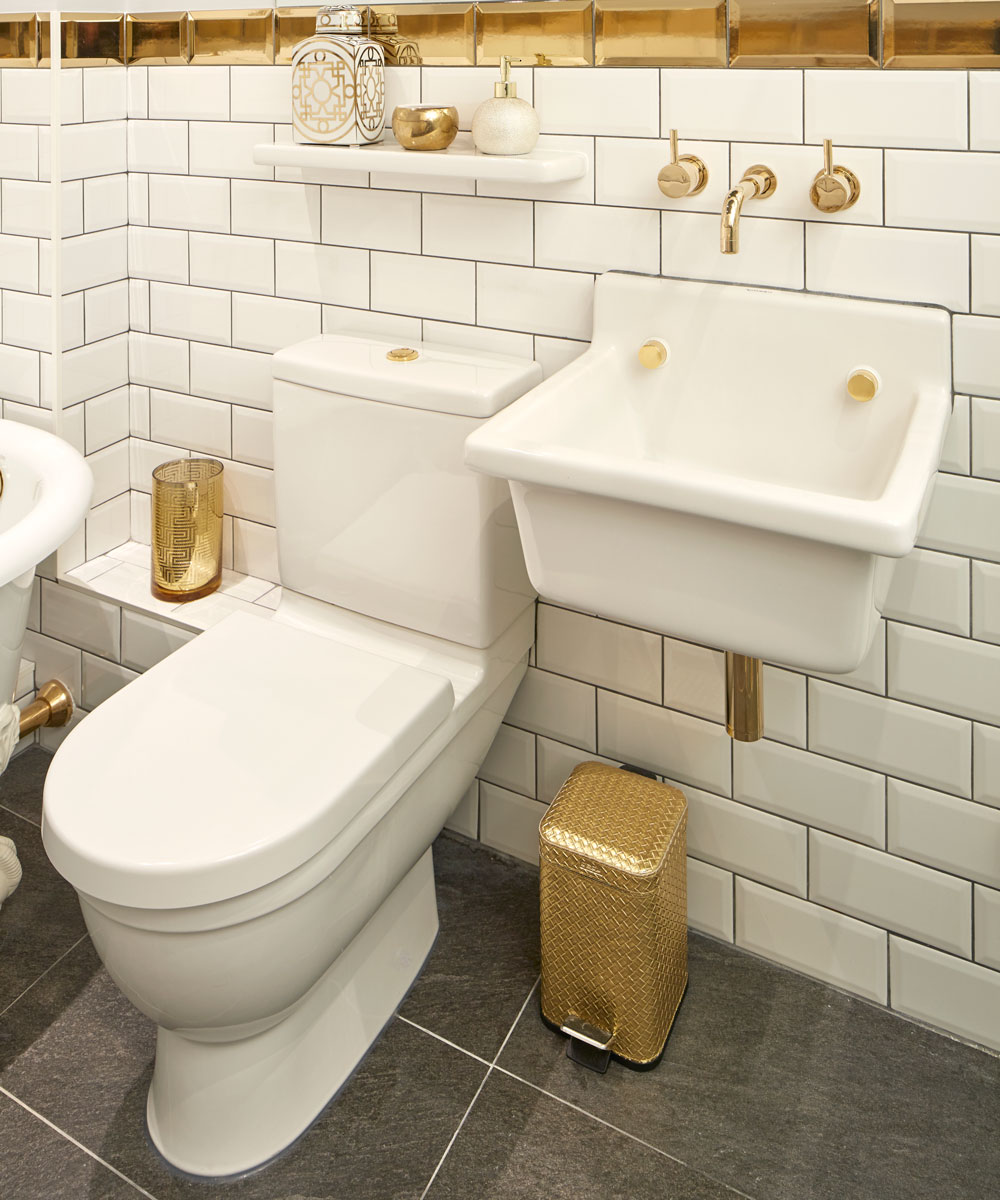Adding a macerator toilet – everything you need to know
Squeeze an extra washroom into your extension, conversion or garden room for added versatility
Whether it’s to ease the morning rush for the bathroom, prevent you having to traipse up flights of stairs, or simply for use when guests come to stay, an extra loo is always a useful addition. However, installing a new macerator toilet can sometimes be less straightforward than replacing an existing one. Fortunately, there are a few options for making your new convenience more convenient.
1. How to plan your plumbing

The ideal location for any additional loo is above or below an existing bathroom, so that it can connect to existing pipework and the soil and vent stack. However, if it’s further away, one option is to add a new soil and vent stack either inside or outside your home, which works as long as there’s a sewer that it can flow into.
If there’s no immediate access or if the water needs to go uphill, such as in a basement installation, consider choosing a macerator pump or a loo that has its own macerator. ‘Macerators enable the sewerage to be pumped through a small, thin flexible pipe,’ says Robert Wood, founder of Simply Extend (simplyextend.co.uk). ‘This means they can be installed without lifting existing floors. Remember that any connection to a drain owned by the local water authority may need permission.’
Macerators can move waste to your soil stack either vertically (a few metres) or horizontally (several metres). They’ll be noisier than standard plumbing and can be prone to blockages from anything other than loo roll, but they do let you have a loo almost anywhere. Basic macerators start from £100, and ground floor cloakrooms from £3,000-£6,000.
2. What are the pros and cons of a macerator toilet?

Macerators create more noise than standard plumbing and can be prone to blockages from anything other than toilet tissue, but the great thing about them is that they enable you to install a loo almost anywhere you fancy. Installing a macerator pump is also cheaper and easier than extending your existing sewage system. Plus, they are a safe, hygienic means of waste disposal.
3. How to get planning permission

Adding a loo to your extension or conversion will rarely require Planning Permission unless your home is a listed building, but Building Regulations will apply to plumbing, drainage and ventilation.
However, adding a WC to a garden room will mean the project is more likely to need Planning Permission. Check with your local planning department.
Sign up to our newsletter for style inspiration, real homes, project and garden advice and shopping know-how
4. How to budget for the garden

Any new pipework should be buried in your garden or insulated, so it doesn’t freeze. You may be able to link to an existing soil drain or septic tank. A sewage pumping station with a macerator can also be used to remove waste – but you’ll need to add electricity to power this. Allow £2,000-£6,000 to add a loo to a garden room. A ‘dry’ eco toilet can be a more affordable option but requires maintenance.
5. How to add a macerator toilet to your existing plan

6. What about maintenance?

You’ll need to ensure adequate access to the unit for maintenance and make sure it is installed according to the manufacturer’s guidelines.
Ann Boardman, head of marketing and product development at Saniflo UK, explains how to add a macerator to your project.
Want more project planning and advice? READ: How to convert a garage – to make your room work for you
Will you be adding a macerator toilet to your home, or existing project plans?
Jennifer is the Deputy Editor (Digital) for Homes & Gardens online. Prior to her current position, she completed various short courses a KLC Design School, and wrote across sister brands Ideal Home, LivingEtc, 25 Beautiful Homes, Country Homes & Interiors, and Style at Home.